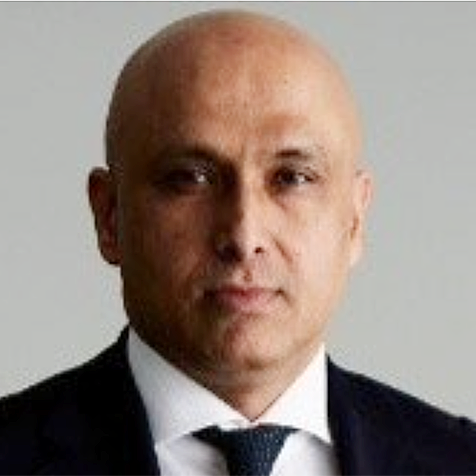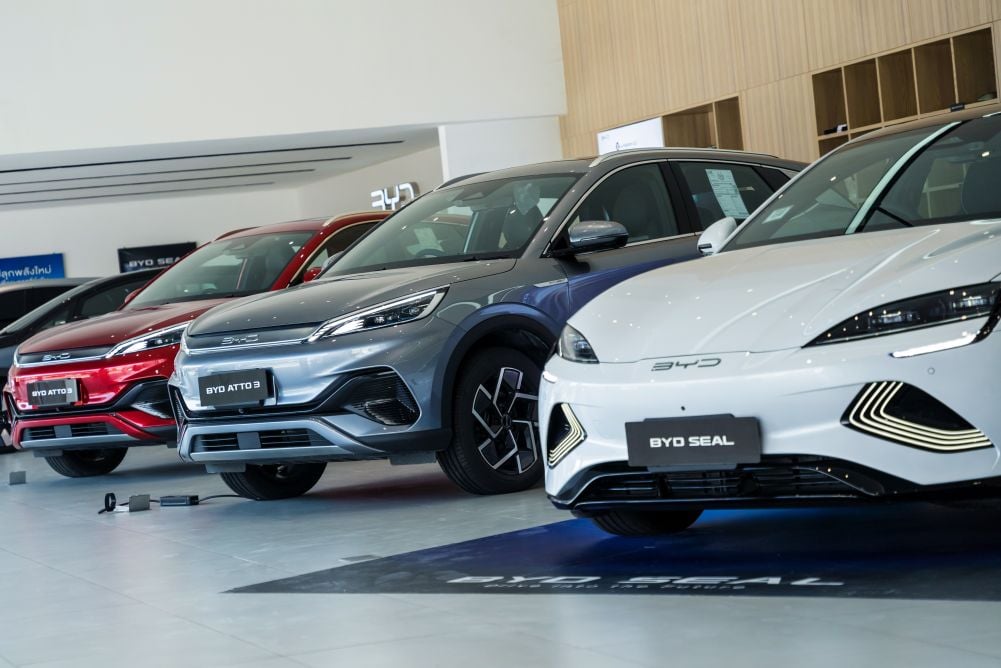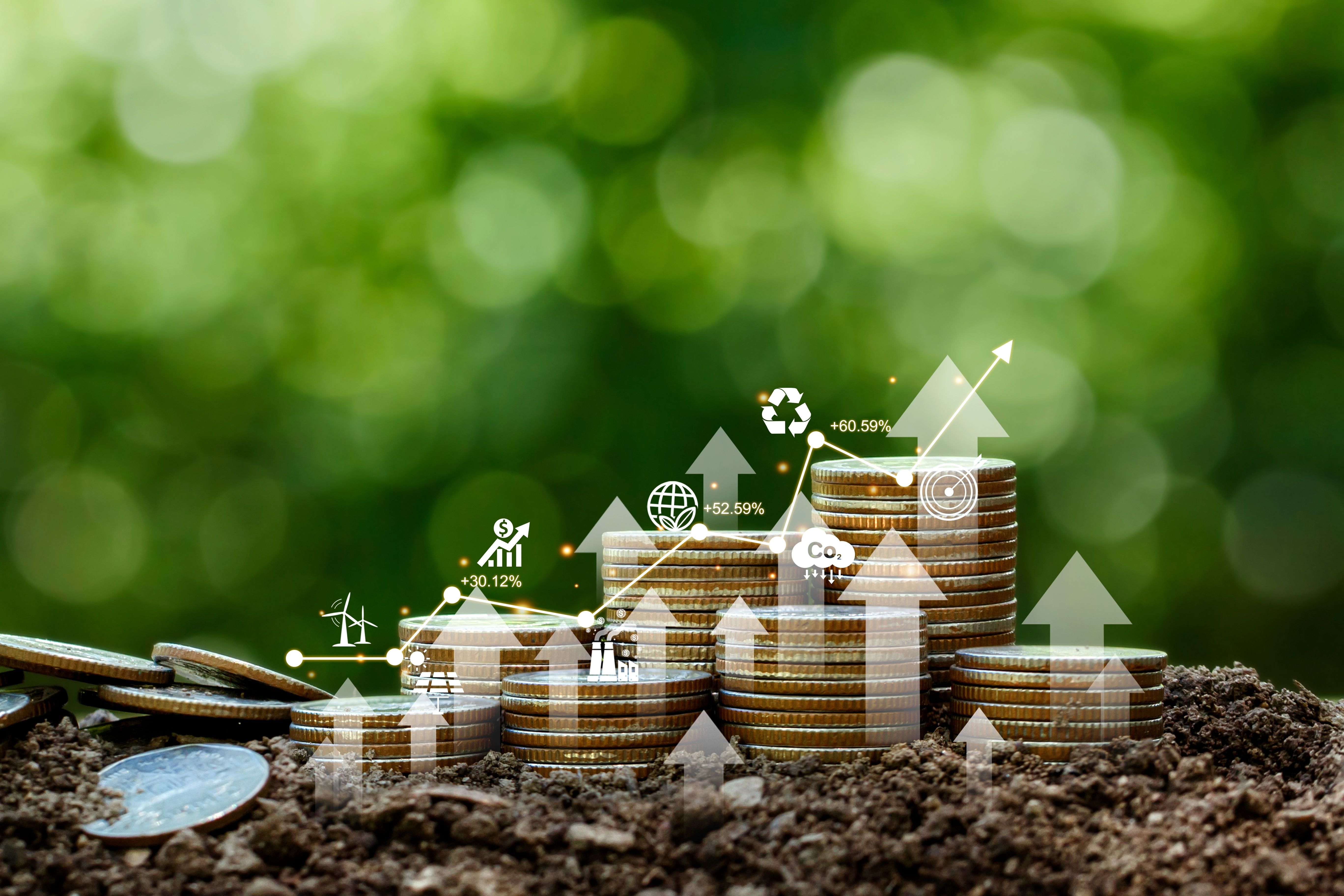The major economies in Southeast Asia require billions of dollars each year to satiate their appetites of delivering a greener and sustainable future for their respective populations.
Indonesian President Joko Widodo has said recently that Indonesia will need at least US$30 billion of investment over the next eight years to expedite his country’s renewable energy transition plans.
Tally up similar investment costs for renewable energy transition infrastructure requirements in Vietnam, Thailand, Malaysia and the Philippines, to name just four of Southeast Asia’s fast-growing markets, and the sum soon demonstrates the region’s very serious capital requirements.
But in the current financial environment, raising such amounts for a venture that will not bring immediate benefits, only future ones, can be a delicate political standpoint. For some emerging nations focused on managing their own domestic economies and concerned about food security – all in a post-pandemic and inflationary environment – pushing capital into renewable energy transition is a hard sell.
The renewable energy industry is growing robustly in Asia, and the region is predicted to be the global leader in the sector by the end of this year. The totally dissimilar climatic and geographic conditions in Southeast Asia require engineering calibrated to match local conditions, but is likely to be based on the templates of the original European-based developments for the near future.
However, an ongoing transfer of clean energy technology is occurring as more projects are built in the region, and the industry expertise, which is at present mainly European, will ultimately lead to a substantial home-grown and Asia-centric knowledge base.
Just as with the manufacturing side of the renewable energy industry in Asia building up its experience and proficiency, a green development investment bank would also cultivate expertise and become an entity in which a nucleus of green financing knowledge specific to Asia could be established and a pipeline of indigenous talent created.
Real climate risks
While the Asian Development Bank (ADB) does a proficient job of supporting and promoting social and economic development in Asia, it has to work across a variety of focus areas.
It is not specifically dedicated to renewable energy developments or net-zero carbon emissions and sustainability projects that could protect the region’s ecology and biodiversity for future generations.
So, perhaps now with the climate crisis in clear view and some Southeast Asian countries facing real risks due to climate change, it is the right juncture to establish an entity – a green Asian development investment bank – dedicated to financing Southeast Asia’s renewable energy transition infrastructure requirements.
A possible template for just such a prospective Asian entity could be the UK’s Infrastructure Bank. The bank opened for business in June 2021 with an initial £12 billion (US$14.3 billion) of deployable capital and £10 billion of government guarantees and a mandate to tackle climate change and boost regional growth. It has made clean energy the largest sector for investment.
An Asian green development investment bank could be the institution to do the heavy lifting for major renewable infrastructure projects freeing up the private sector to service the smaller niche developments as well as driving more capital into innovation for projects unique to the Asian climate and topography.
By establishing a single transparently regulated institution for Southeast Asia, the opportunities for renewable energy project greenwashing can also be greatly mitigated. And a single independent green bank would be able to focus on attracting investment.
Instead of sovereigns and banks across the region competing with each for funding, one centralized institution dedicated to financing clean energy could feasibly see sizable projects delivered quicker and at better cost.
No time to lose
Kelvin Fu, co-founder and managing partner at private equity firm Gunung Capital, has plans for his firm to invest up to US$500 million in renewable energy infrastructure and carbon-neutral commodities, alongside carbon mitigation and industrial transition.
Fu supports a green industrial transition in Asia and is engaging with heavy-industry and manufacturing companies to reduce their carbon footprints and transform operations for a carbon-neutral future.
“Having a green development investment bank for Asia would be positive for accelerating investments,” he says, “but I think the implementation will be challenging given that Asia is so diverse and each country has their own interests.
“There are other multination-led initiatives, such as the Asian Infrastructure Bank, ADB, and International Finance Corporation, that are already looking to deploy more funds into green investments. Funding should also come from the West to support Asia.”
The ADB is firmly ensconced in the region with a presence in most major Asian capitals as well as global financial hubs.
As an alternative to the long-drawn-out process that would be necessary for the establishment of a green investment development bank, the ADB could conceivably establish a subsidiary institution, wholly owned and backed by it, but operationally independent.
Either way, the creation of a green development investment bank for the protection and sustainability of the environment in Southeast Asia is worth considering – and time is of the essence.









